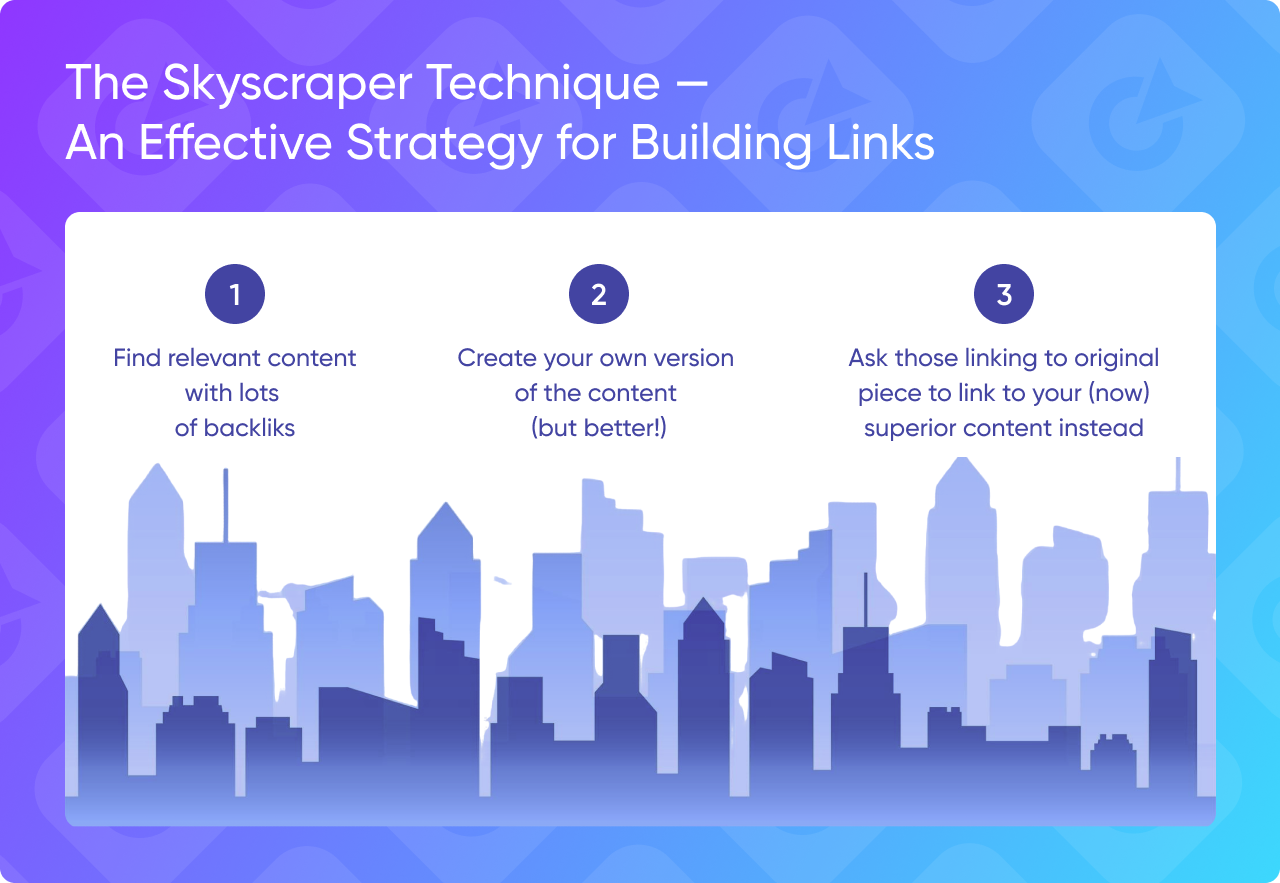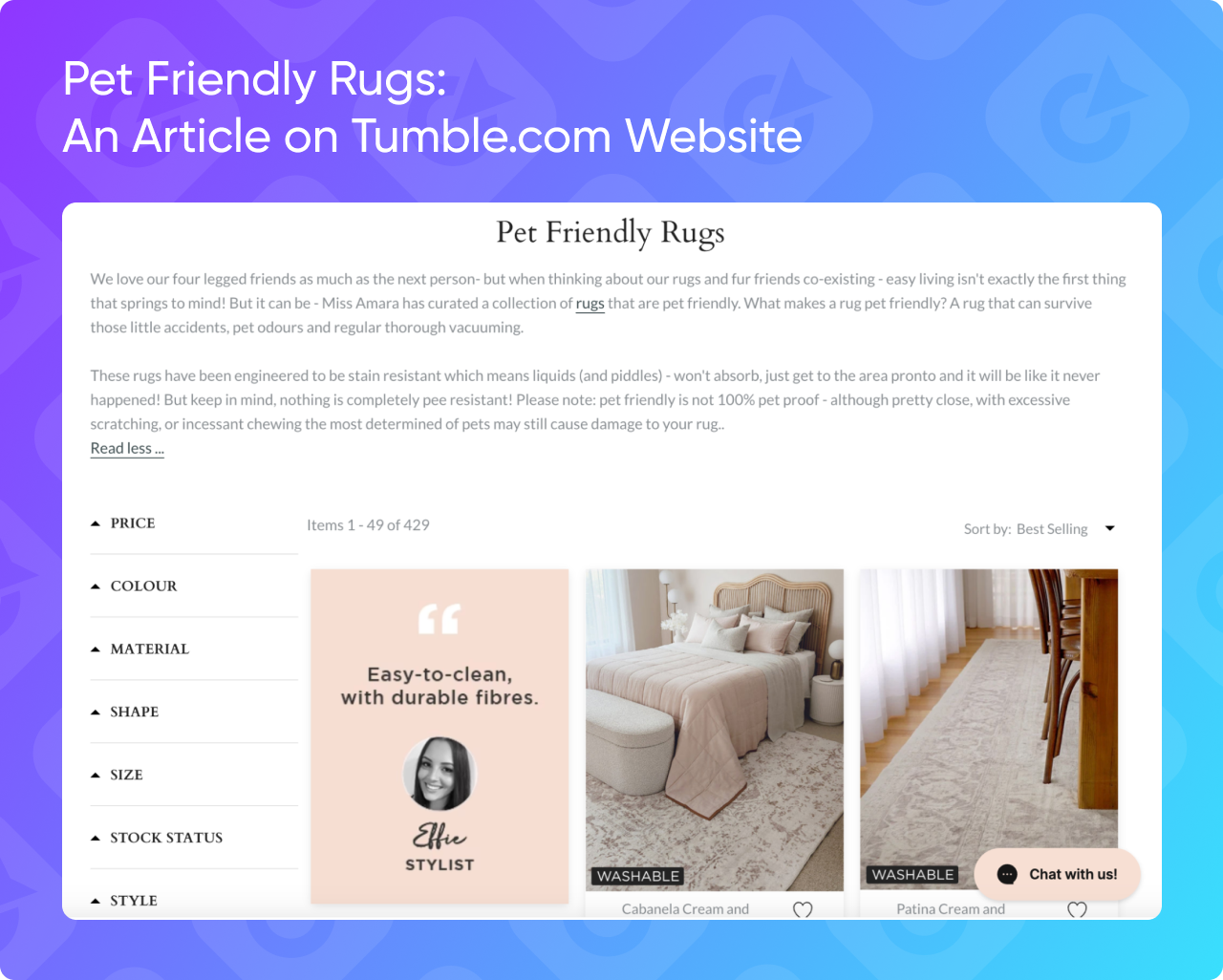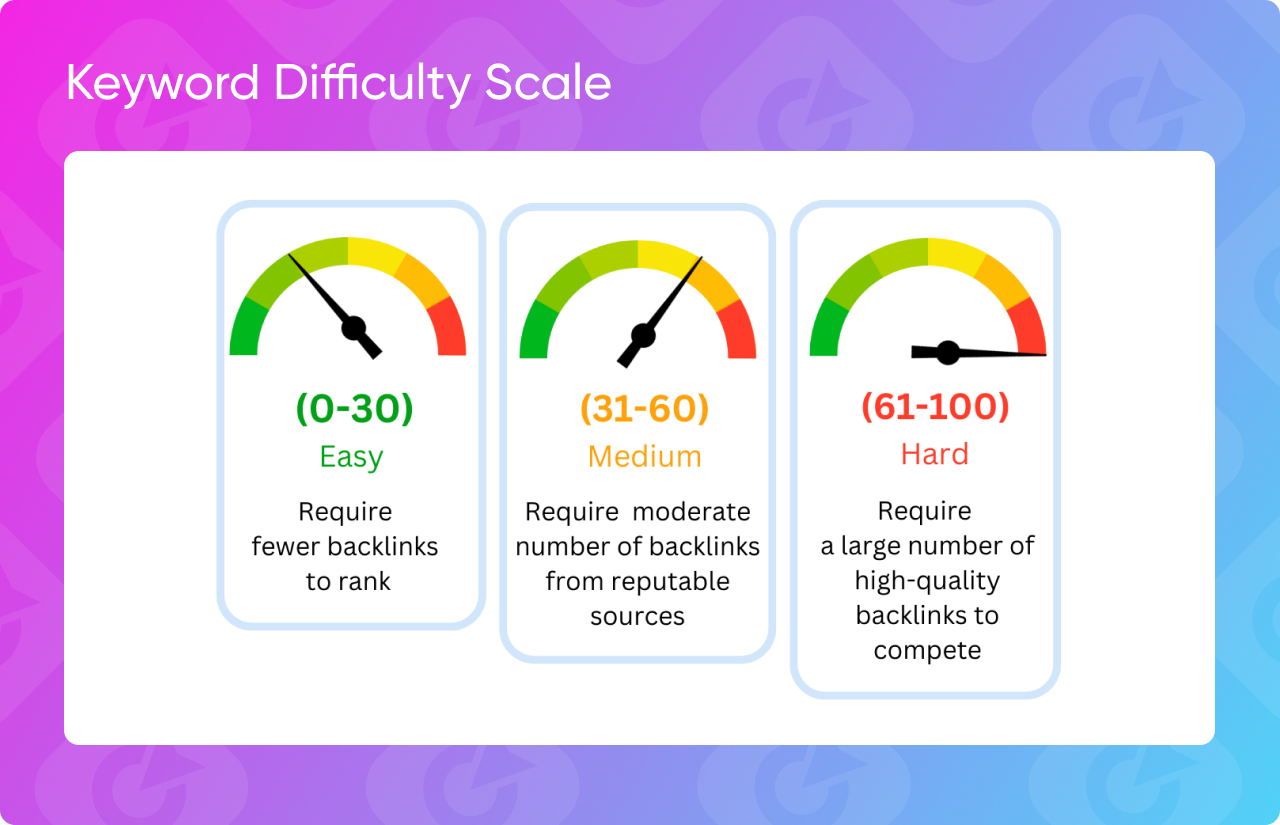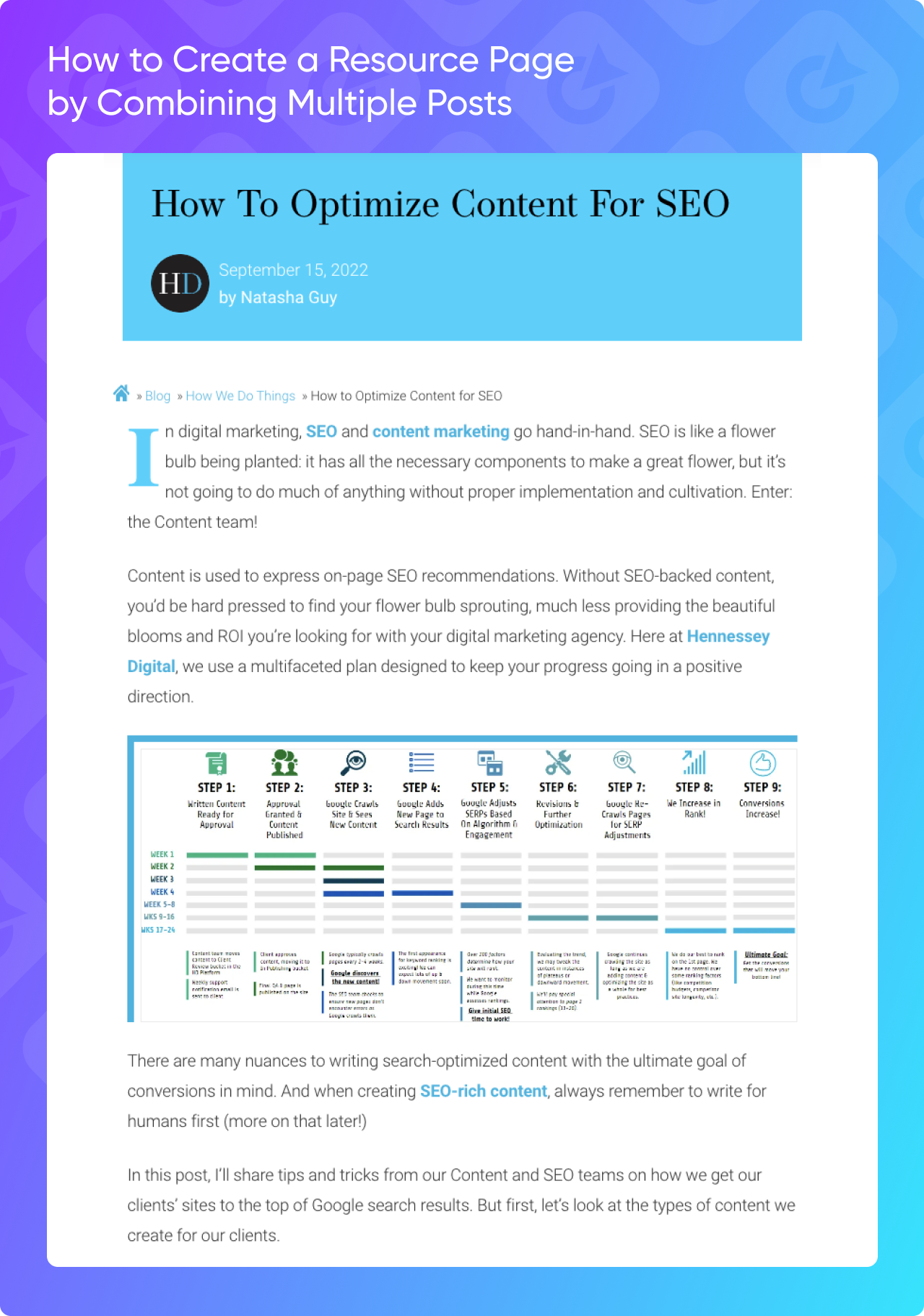Content Repurposing: 8 Ways You Can Turn Old Content into New Backlink Opportunities

What is the one simple piece of marketing advice you would give to any brand?
Focus on telling more people that you exist.
Backlinks are one of the best ways to spread brand awareness online.
It gives your brand visibility and allows you to reach a wider audience. It helps give your site credibility and boosts your online profile, especially for search engines that see this as a reliable trust signal.
However, coming up with fresh content consistently can feel like an uphill battle. The internet is filled with thousands of brands competing for attention across every platform, making it more competitive and expensive than ever before. Although paid advertisements are still a popular way to achieve visibility, coming up with content to pique and keep audience interest is a skill that is difficult to master.
Although many will offer various tips and tricks to come up with new and different content, one of the easiest and most effective ways is one that you have overlooked: repurposing content.
The Overlooked Potential of Content Repurposing
There is constant pressure on brands to make themselves as easy to find online as possible. And many marketers miss out on the potential of repurposed content because they fail to see how recycling old material can reach new audiences and reinforce brand message.
We need to shake up this old-school way of thinking. Technology today can do so much to help refresh old content into something new. For example, AI tools can help turn long videos into snackable social media content or help produce additional content. Graphic design platforms can transform articles into eye-catching infographics or videos. These tools are by no means perfect, but they do save marketers and creatives a lot of time and resources.
It’s also important to have a strategic approach. You have to know your audience well so you know exactly how to repurpose content in a way that catches their attention. It also has to still fit your overall marketing strategy and support your brand message.
Take Moz, for example. They're killing it with content repurposing. They take their popular SEO blog posts and turn them into Whiteboard Friday videos, making complex concepts easy to grasp visually. This approach helps them reach video lovers and expand to new platforms.
Another great example is HubSpot. They're pros at turning blog posts into comprehensive guides and e-books, giving their content new life and reaching different audience segments. Remember, repurposing isn't just about recycling — it's about reimagining your content to maximize its impact and reach.
Here are eight ways to turn your old content into new backlink opportunities:
1. Using the Skyscraper Technique
The Skyscraper Technique is an effective SEO strategy for building high-quality backlinks. This method is based on the idea that the best resource is the one that earns links — similar to how the tallest skyscraper gets the most attention. Quite simply, it’s finding competitive, high-ranking content that other sites link to, repurposing that and creating something better under your brand, and then encouraging sites to link to you instead.
The Skyscraper Technique is effective because it encourages the creation of high-quality content, which is something that search engines have always prioritized in addition to benefiting your site in multiple ways.
Let’s use the e-commerce brand Tumble as an example. One of the top-ranked articles for the keyword “pet friendly rugs” is a website that simply curates options from different sites.
Following the skyscraper technique, Tumble then created a more comprehensive guide titled: “The Best Pet-Friendly Rugs of 2024,” which offered in-depth discussions on fabric styles, finishes, and patterns to help readers find their best options. They didn’t simply present shopping options, they went into a full discourse on the qualities that would make a rug truly pet-friendly. Further on, if they want to update this particular piece and refresh content, they can add additional media and visuals.
Then, using tools like Ahrefs or Semrush, you can identify websites linking to the original article and start reaching out to them.
Simply send an email that pitches your new content:
"I noticed you linked to the '10 Best Exercises' article. Here’s a more in-depth guide that includes 25 exercises with video tutorials and guidelines from experts that might help enhance your content.”
Because you’re presenting high-value content, you stand a good chance of getting new backlinks and establishing your site as an authoritative source in your niche.
2. Building Links From Outdated Content
Have you heard about broken link building? It is one of the popular methods of getting new backlinks from outdated resources. Outdated resources can be goldmines for savvy link builders. It mainly involves finding a dead page and asking marketers to swap the links to a working page on your site. But do broken links still work?
The technique is used to find sites in your niche that have either shut down, changed their name, moved to a different URL, or stopped offering service. As a marketer, you can reach out to the sites linking the old URL, tell them about their outdated link, and request them to link to your site.
Let’s take an example to explain this point. A few years back, SEOMoz.org rebranded to Moz.com. This was a huge opportunity for SEO professionals. Why? Because tons of websites were still linking to the old SEOMoz.org URL.
So, what do you do with this info? You find all the websites that are still linking to the old, outdated URL. Then, you reach out to them with a friendly heads-up. It could be something as simple as:
"Hey there! I was reading your article about SEO basics and noticed you're linking to SEOMoz.org. Just wanted to let you know we’ve rebranded to Moz.com. Oh, and by the way, I have a great resource on a related topic that might be useful for your readers. Here's the link if you want to check it out!"
Another example: Let's say a popular tool in your niche, decided to discontinue their browser extension. You could find all the "Top SEO Tools" lists still featuring them then let the authors know it's no longer available, and suggest your SEO tool or resources as a replacement.
The beauty of this method is that you're not cold-pitching. You're offering value first by pointing out outdated information, which makes people more receptive to your suggestion.
3. Relationship Between Backlinks And Keyword Density
The relationship between total backlinks and keyword difficulty is an important concept in SEO. Let me break it down with some examples:
Keyword difficulty is a metric that estimates how hard it would be to rank for a specific keyword in search engine results.

The more backlinks a page or website has, the higher it tends to rank for competitive keywords. This is because search engines often view backlinks as a vote of confidence from other websites.
Here's how this relationship typically works:
- Low Keyword Difficulty (0-30): These keywords usually require fewer backlinks to rank. Example: A local bakery might find it relatively easy to rank for "best cupcakes in Beacon” with just a few quality backlinks from local directories or food blogs.
- Medium Keyword Difficulty (31-60): These keywords often need a moderate number of backlinks from reputable sources. Example: A fitness blog might need 50-100 quality backlinks to rank well for "beginner workout routines". These could come from health websites, fitness forums, and social media shares.
- High Keyword Difficulty (61-100): These keywords typically require a large number of high-quality backlinks to compete. Example: An e-commerce site trying to rank for "best smartphones" would likely need hundreds or even thousands of backlinks from tech review sites, news outlets, and other authoritative sources.
Remember, while backlinks are essential, other factors like content quality, user experience, keyword difficulty, and on-page SEO also play significant roles in determining rankings. You need to build a diverse and natural backlink profile while still creating valuable, highly relevant content for your audience.
4. Update Old Statistics
Speaking of old statistics, updating them can be a powerful strategy for refreshing your content and attracting new backlinks.
As data becomes outdated, your once-valuable content can lose its relevance and authority. This approach helps improve the accuracy and usefulness of your content but also gives you an opportunity to re-promote your work and reach out to those who previously linked to or shared the original version.
To implement this strategy, start by identifying your content that contains statistics or data points. You can also share the updated content on social media and in industry forums to attract attention from potential linkers.
As Bill Gates famously said, "The most meaningful way to differentiate your company from your competitors... is to do an outstanding job with information."
By consistently updating your statistics, you position yourself as a reliable, up-to-date source of information in your industry. For example, a marketing blog that published an article on "Social Media Usage Statistics" in 2020 could update it with the latest data from 2024, including new platforms and trends.
5. Make Boring Content Fun
Another creative approach to gaining backlinks from old content is to review old content and find ways to turn them into more engaging, and shareable assets. This strategy involves taking complex or mundane topics and presenting them in a more accessible, entertaining format.
For instance, you could turn a dense article about financial statistics into an eye-catching infographic or convert a technical how-to guide into an animated explainer video.
The key is to experiment with various visual formats that resonate with your audience. While infographics are a popular choice, other options like charts and graphs with original data, diagrams explaining complex concepts, one-page templates, or even free photo galleries are also great options.
A great example of this is LinkedIn's "The Real Face of Sales" campaign, where they created a free downloadable library of non-cliché sales professional photos. By distributing these on platforms like Unsplash and Pexels, they garnered over 35 million views, significantly boosting their visibility and backlink potential.
6. Authority Resource Page
Authority resource pages are a goldmine for link builders and can significantly boost your backlink profile. These pages are specifically designed to curate and link to high-quality, informative content on a particular topic.

To implement the same approach:
- Start by identifying key topics that are relevant to your niche. Conduct a content audit to identify existing articles that can be merged into a comprehensive resource page, helping minimize the efforts needed to build this type of content.
- Look for themes that often appear in your content and consider how they can be grouped to provide a comprehensive guide on the subject.
- Augment your content with additional insights–present additional statistics, reach out to experts who can add more tips and content, create additional media.
- Optimize titles, headers, meta-descriptions, and use relevant keywords to improve search engine rankings.
7. Get Contextual Links
Contextual links are hyperlinks that are included within the body of a web page’s content that links to other relevant content on your site or an external site.

- Links have to be relevant and enhance the reader’s understanding of the topic at hand.
- Placements have to be naturally embedded within the content.
- They must improve user experience by providing related information that enhances what they are reading.
- They must be added with the intent of building up your SEO profile.
As you accumulate more contextual links from authoritative sites in your niche, search engines are likely to view your content as more credible and authoritative, potentially boosting your rankings for relevant search queries.
8. Offer Your Expertise To Other Websites
Getting backlinks through guest posts is one more effective strategy for improving your website’s SEO and increasing its visibility because by contributing content to a relevant site, you typically have the opportunity to include a link back to your site.
To effectively obtain these backlinks, you have to first identify relevant websites in your niche that accept guest contributions.
Once you have this list, research their audience, assess the quality of their content, and ensure that their domain authority is healthy. From here, you can pitch unique and valuable content ideas that resonate with their readership. Additionally, maintaining strong relationships with other bloggers and website owners can further facilitate the acquisition of backlinks.
When crafting your guest post, make sure that it offers genuine value and insight, and that it meets the standards of the host site. You do not want to contribute content just for the sake of adding to your backlink profile. Remember, these sites are under no obligation to publish your content, even if you wrote them for free. To get them to publish your contribution, it has to be relevant to their audience, informative, and high-value.
Why Are Backlinks Important For SEO?
Backlinks, also known as inbound links, play a crucial role in Search Engine Optimization (SEO). These are links from other websites that point to your site, essentially acting as votes of confidence in your content. Search engines like Google interpret these links as indicators of your website's quality, relevance, and authority. The more high-quality backlinks your site has, the more likely it is to rank well in search engine results pages (SERPs).
Website owners who want to build their site’s credibility and online presence will always be on the hunt for backlinks.
1. Backlinks For Search Engine Crawling
Backlinks serve as pathways for search engine bots to discover and index new web pages. When a search engine crawler follows a link from one site to another, it helps the search engine understand the structure of the web and find new content to add to its index.
Imagine you've just launched a new blog post about sustainable gardening practices. If a popular gardening forum links to your post in a discussion thread, search engine crawlers following that link will discover your content more quickly. This can lead to faster indexing and potentially quicker visibility in search results.
2. Backlinks As A Ranking Signal
Search engines use backlinks as one of the key factors in determining a page's relevance and authority. Generally, pages with more high-quality backlinks tend to rank higher in search results.
Let's say you run a website about healthy recipes. If your article on "10 Nutritious Smoothie Recipes" gets links from several reputable health and fitness websites, nutrition blogs, and even a few mainstream news sites, search engines are likely to view your content as more authoritative and valuable. This could result in higher rankings for searches related to healthy smoothies, potentially increasing your organic traffic.
Conclusion
Transforming old content into new backlink opportunities is a strategic approach that can enhance your brand's online visibility and authority without the constant need to generate new content. Thus by employing these techniques, you can breathe new life into your older posts and attract valuable backlinks.









